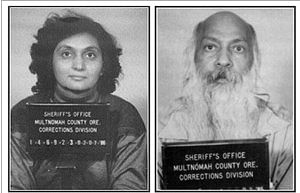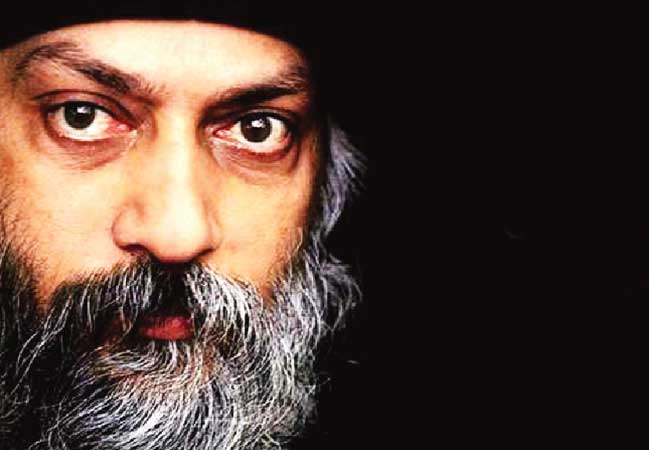
But the name was erased soon after Aurangzeb's death.Īn equestrian statue of Peshwa Baji Rao I outside Shaniwar Wada. įrom 1703 to 1705, towards the end of the 27-year-long Mughal–Maratha Wars, the town was occupied by Aurangzeb and its name was changed to Muhiyabad. The Ganesha idol consecrated at this temple has been regarded as the presiding deity ( Gramadevata) of the city. His mother, Jijabai is said to have commissioned the building of the Kasba Ganapati temple. Chhatrapati Shivaji Maharaj spent his young years at the Lal Mahal. The Lal Mahal was commissioned in 1631 and construction was completed in 1640 AD. He also developed effective methods to manage disputes and to enforce law and order. He stabilised the revenue collection and administrative systems of the areas around Pune and the neighbouring Maval region. It changed hands several times between the Mughals and the Marathas in the period 1680 to 1705.Īfter the destruction of the town in raids by the Adil Shahi dynasty in 1630 and again between 16, Dadoji Konddeo, the successor to Dhadphale, oversaw the reconstruction of the town. Maloji Bhosale's grandson, Chhatrapati Shivaji Maharaj, the founder of the Maratha Empire, was born at the fort of Shivneri, about 90 km from Pune. Pune was ruled by the Ahmadnagar Sultanate until it was annexed by the Mughals in the 17th century. Pune was part of the Jagir (fiefdom) granted to Maloji Bhosale in 1599 for his services to the Nizamshahi (Ahmadnagar Sultanate). Pune was part of the territory ruled by the Seuna Yadavas of Devagiri from the 9th century to 1327. The Pataleshwar rock-cut temple complex was built during this era. The plates indicate that this region was ruled by the Rashtrakuta dynasty. The circular Nandi mandapa at the Pataleshwar cave temple built in the Rashtrakuta era (753-982) Early and Medieval Period Ĭopper plates dated 858 and 868 CE show that by the 9th century an agricultural settlement known as Punnaka existed at the location of the modern Pune. It became Poona in English during British rule in 1857 and changed to Pune in 1978. But the name was erased soon after Aurangzeb's death. The only divergent naming was when Mughal emperor Aurangzeb renamed the city Muhiyabad some time between 17 in memory of his great-grandson Muhi-ul-Milan, who died there. The city was known as Kasbe Pune when under the command of Maratha king Chhatrapati Shivaji Maharaj's father, Shahaji Raje Bhosale. Vishaya means land and Punaka and Punya mean holy. ĭuring the Rashtrakuta dynasty, the city was referred to as Punnaka and Punyapur, whilst the copper plates of 758 and 768 CE show that the Yadava dynasty had renamed the city Punakavishaya and Punya Vishaya.

By the 13th century, it had come to be known as Punawadi. The earliest reference to Pune is an inscription on a Rashtrakuta Dynasty copper plate dated 937 CE, which refers to the town as Punya-Vishaya, meaning 'sacred news'.

It is known as the Oxford of the East with the presence of a wide range of educational institutions.

Pune is widely regarded as the second major "IT hub of India" and the top "automobile and manufacturing hub of India". Major historical events involving the city include the Mughal–Maratha Wars and the Anglo-Maratha Wars. Historical landmarks include Lal Mahal, the Kasba Ganapati temple and Shaniwar Wada. The city was also ruled by the Ahmadnagar Sultanate, the Mughals and the Adil Shahi dynasty. In the 18th century, the city was the seat of the Peshwas, the prime ministers of the Maratha Empire and one of the most important political centres on the Indian subcontinent. Situated 560 metres (1,837 feet) above sea level on the Deccan plateau on the right bank of the Mutha river, Pune is also the administrative headquarters of its namesake district. Īccording to the 2011 census the urban area had a combined population of 5.05 million whilst the population of the metropolitan region was estimated at 7.4 million. Along with the municipal corporation limits of PCMC and the three cantonment towns of Camp, Khadki and Dehu Road, Pune forms the urban core of the eponymous Pune Metropolitan Region (PMR). It has been ranked as "the most liveable city in India" several times.

Pune ( Marathi: ( listen) English: / ˈ p uː n ə/) is the seventh most populous city in India and the second-largest city in the state of Maharashtra, with an estimated population of 7.4 million as of 2020. MH 12, MH 14, MH 42, MH 53 (Pune South), MH 54 (Pune North)


 0 kommentar(er)
0 kommentar(er)
